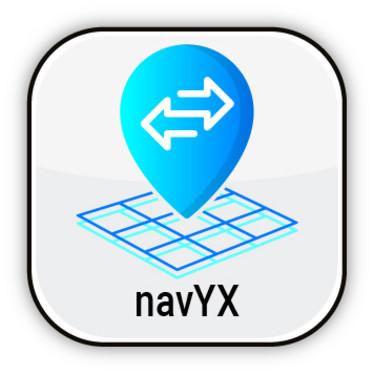Relocalization with nanoGPS navYX

HORIBA Scientific has been at the forefront of correlative microscopy for decades as evidenced by its development of FTIR-Raman, AFM-Raman, and Particle-Raman solutions. The innovative and patented nanoGPS navYX and graphYX solution, combining hardware (a patented localization sample tag) and software (a dedicated platform powered by Digital Surf Mountains and integrated with LabSpec 6 software) paves the way for a new revolution.
Correlative microscopy combines several analysis and imaging techniques. A number of cases can be considered:
With Raman becoming a routine analytical technique in recent years for materials, life, and environmental sciences there is an increasing number of scientists eager to combine micro-molecular analysis with other more conventional characterization techniques such as Scanning Electron Microscopy (SEM), fluorescence microscopy, and size/morphology analysis. Collaboration between specialists is paramount and transferring the sample from one technique to another with precise spatial relocation has forever been a key issue to overcome.
Correlative microscopy (Correlative Light and Electron Microscopy, or CLEM) is particularly useful for understanding complex situations.
In life sciences, fluorescence, Raman, and electron microscopies are combined to investigate cell membranes, virus, and single molecules; or characterize biomaterials.
In forensics, gun shot residues and body fluids are very often investigated with multiple non destructive characterization methods.
In pharmaceutics, it helps for tablet contamination analysis and blending / dissolution process optimization.
In industry, it is employed for failure analysis or coatings characterization, where thermal, adhesion and crystallographic properties can be advantageously imaged by a combination of SEM, X-ray diffraction (XRD) and Raman microscopy.
In the mining sector, fluorescence and Raman microscopies are often correlated to accurately identify minerals and compounds trapped in solid and fluid inclusions.
In environmental sciences, microplastics are currently of great topical interest and can greatly benefit from multimodal analysis, as can types of particles such as heavy metals or aerosols. See nanoGPS navYX in action for the characterization of nano- and microplastics in this online webinar from Fraunhofer IKTS scientist Prof. Silke Christiansen using ZEISS ZEN Connect and nanoGPS navYX in combination.
Masz pytania lub prośby? Skorzystaj z tego formularza, aby skontaktować się z naszymi specjalistami.